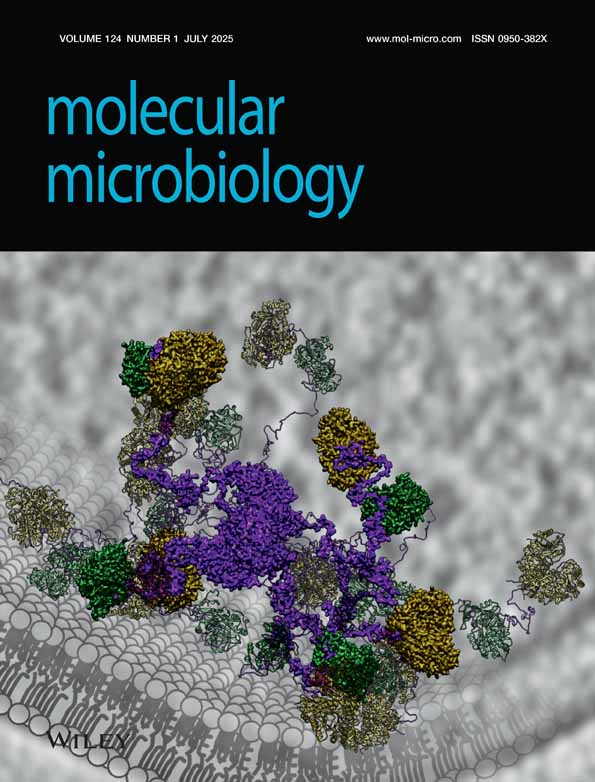Analysis of the DNA sequence, gene expression, origin of replication and modular structure of the Lactococcus lactis lytic bacteriophage sk1
Abstract
Bacteriophage sk1 is a small isometric-headed lytic phage belonging to the 936 species. It infects Lactococcus lactis, a commonly used dairy starter organism. Nucleotide sequence data analysis indicated that the sk1 genome is 28 451 nucleotides long and contains 54 open reading frames (ORFs) of 30 or more codons, interspersed with three large intergenic regions. The nucleotide sequence of several of the sk1 ORFs demonstrated significant levels of identity to genes (many encoding proteins of unknown function) in other lactococcal phages of both small isometric-headed and prolate-headed morphotype. Based on this identity and predicted peptide structures, sk1 genes for the terminase, major structural protein and DNA polymerase have been putatively identified. Genes encoding holin and lysin were also identified, subcloned into an Escherichia coli expression vector, and their function demonstrated in vivo. The sk1 origin of replication was located by identifying sk1 DNA fragments able to support the maintenance in L. lactis of a plasmid lacking a functional Gram-positive ori. The minimal fragment conferring replication origin function contained a number of direct repeats and 179 codons of ORF47. Although no similarity between phage sk1 and coliphage λ at the nucleotide or amino acid sequence level was observed, an alignment of the sk1 late region ORFs with the λ structural and packaging genes revealed a striking correspondence in both ORF length and isoelectric point of the ORF product. It is proposed that this correspondence is indicative of a strong conservation in gene order within these otherwise unrelated isometric-headed phages that can be used to predict the functions of the sk1 gene products.




